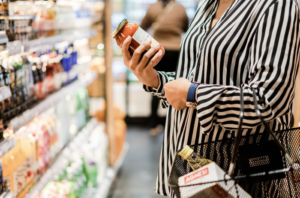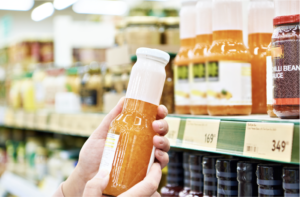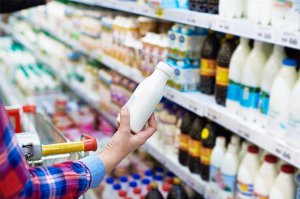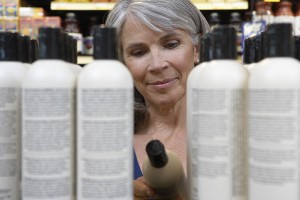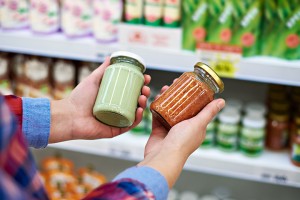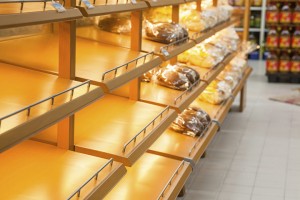The importance of distribution – revisited
We have shown previously that high levels of distribution are necessary (yet not sufficient) to reach high penetration. In this blog we assess how the number of top ten retailers, where a brand is available, impacts its market share. Our database consists of more than 22,000 top ten brands in more than 80 categories in 32 countries. About one in ten of these brands is available in all the top ten retailers in the country, slightly more than half of them make it into at least five of these retailers.
Does this matter? You bet. There is a strong relationship between the number of retailers selling a brand and the brand’s market share. This relationship holds for all category types, although the added benefit of being listed in more retailers is most pronounced for household care (with an average expected share increase of 1.7% per retailer, compared with 1.2% for food and beverage categories and 1.5% for personal care categories). This difference is a result of two factors: (1) in less frequently purchased categories where shoppers are less variety-seeking – like household care – large brands are larger and (2) most retailers, but especially discounters, provide less variety in household care, increasing the odds of large brands in these categories being chosen – a virtuous cycle.
The diagram shows how the average brand market share differs given the number of top ten retailers where the brand is available. Although higher availability is always beneficial, the expected share increase is more pronounced once a brand manages to be sold in more than five retailers. That level of availability appears to reinforce the brand’s salience in the minds of shoppers – which certainly also motivates retailers to support promotional activities accordingly.
Scope: 22164 top ten brands, 32 countries, more than 80 categories





















































































































































